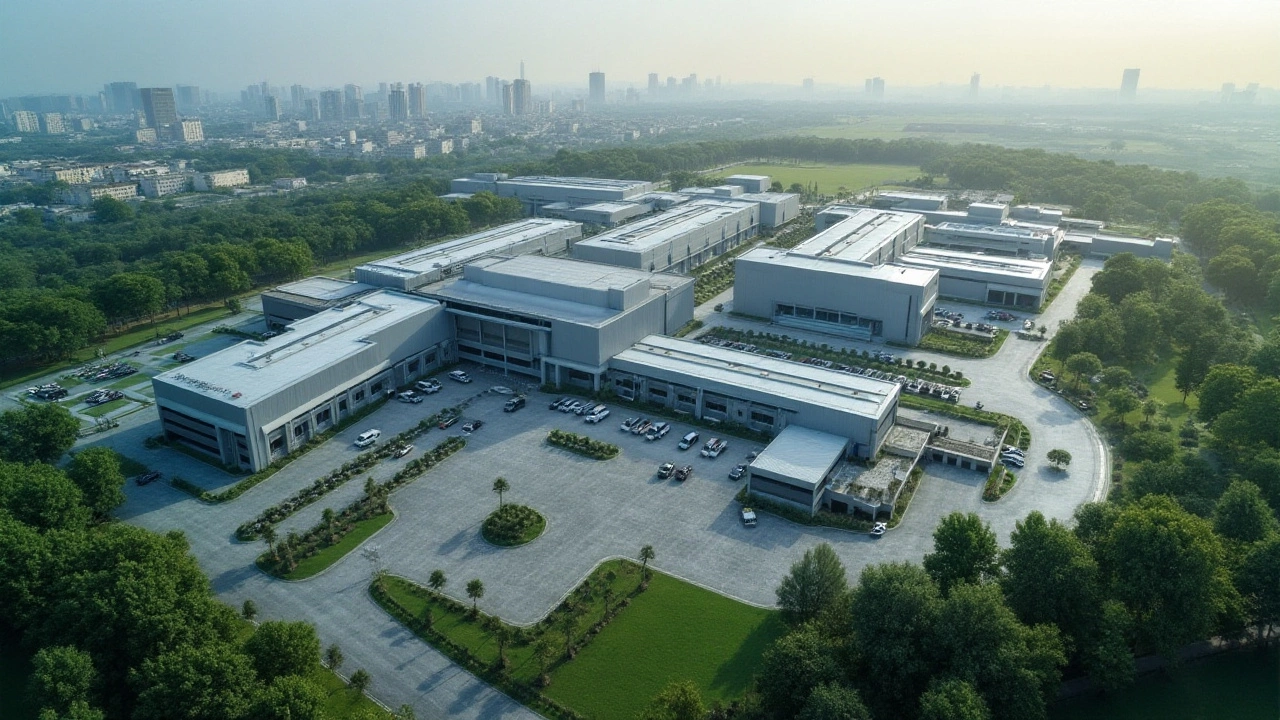Pharma Manufacturing in India: What You Need to Know
India’s pharma sector is booming, and if you’re wondering why, you’re in the right place. Over the past few years the country has moved from being a low‑cost supplier to a global hub for high‑quality drug production. That shift didn’t happen by accident – it’s the result of government incentives, a skilled workforce, and a huge domestic market hungry for medicines.
Key Drivers Behind the Growth
First, the Indian government rolled out schemes like Production‑Linked Incentive (PLI) that give cash back to manufacturers who expand capacity or adopt new tech. These policies cut the cost of setting up a plant and make it easier to meet strict international standards.
Second, the talent pool matters. Engineering and biotech colleges churn out thousands of qualified graduates each year, so factories can fill skilled positions quickly. That means you don’t have to import expensive labor to keep a line running smoothly.
Third, the market itself is massive. With over 1.3 billion people, demand for generics, vaccines, and specialty medicines keeps rising. Companies that set up in India tap into that home market while also exporting to more than 150 countries.
Finally, technology adoption is accelerating. From continuous manufacturing to AI‑driven quality control, Indian plants are catching up with the latest global standards. The result is faster batch cycles and lower rejection rates, which translates to better profit margins.
Choosing the Right Pharma Partner
If you’re looking to source a manufacturer or set up a joint venture, start with the top labs. Our recent list of the “Top 10 Pharma Labs in India (2025)” ranks companies based on FDA approvals, R&D capabilities, and export track record. Hyderabad, for example, is often called the pharma capital because it hosts several US‑FDA‑approved facilities and a strong biotech ecosystem.
Ask potential partners these practical questions: Do they have a validated quality management system? How fast can they scale production if demand spikes? What’s their track record on regulatory inspections? The answers will give you a clear picture of reliability.
Don’t forget to check the supply chain. Reliable sourcing of APIs (active pharmaceutical ingredients) and excipients is crucial. Companies that handle their own raw‑material procurement tend to have better control over cost and quality.
Lastly, look at their sustainability initiatives. Many Indian manufacturers are investing in waste‑water treatment and energy‑saving technologies, which not only helps the environment but can lower operating costs in the long run.
In short, India offers a mix of cost advantage, skilled labor, supportive policies, and growing tech adoption. By focusing on reputable labs, asking the right questions, and keeping an eye on sustainability, you can tap into one of the world’s most dynamic pharma manufacturing hubs.

Comprehensive Guide to Cipla Manufacturing Plants in India
Cipla, a leader in the pharmaceutical industry, has several manufacturing plants distributed across India. These plants are strategically located to meet the growing demand for pharmaceutical products both domestically and internationally. Each facility is dedicated to specific processes including formulation, API production, and more. Understanding the distribution and specialization of these plants can help in grasping the scope and scale of Cipla's operations in India.
Read More